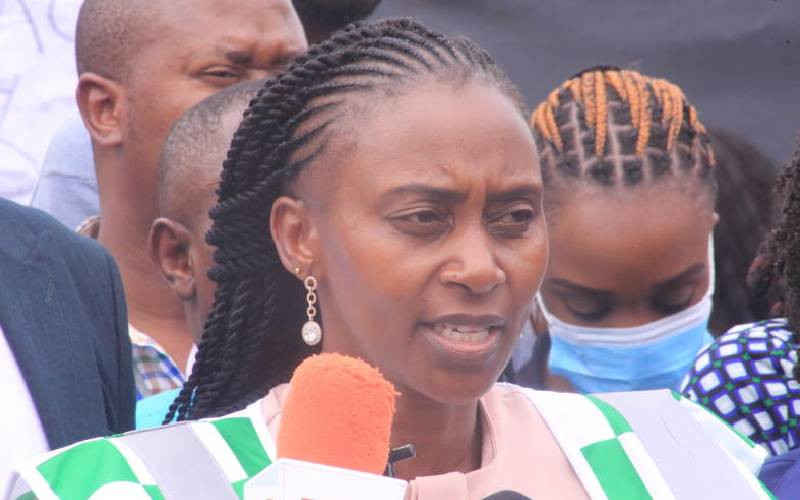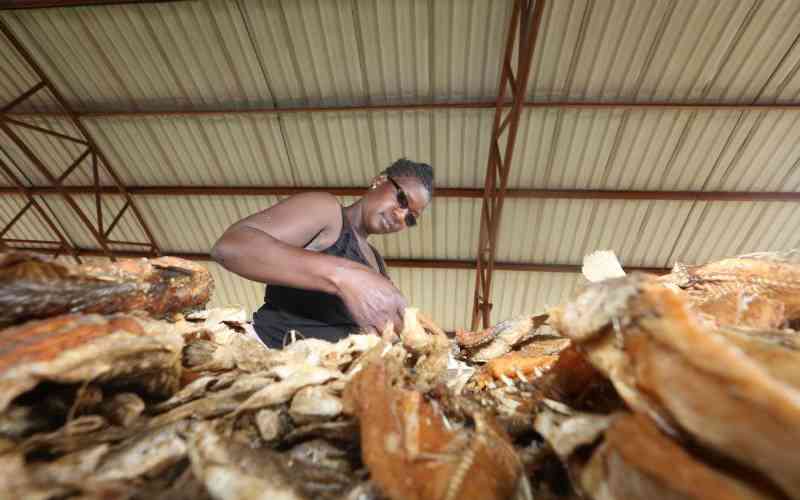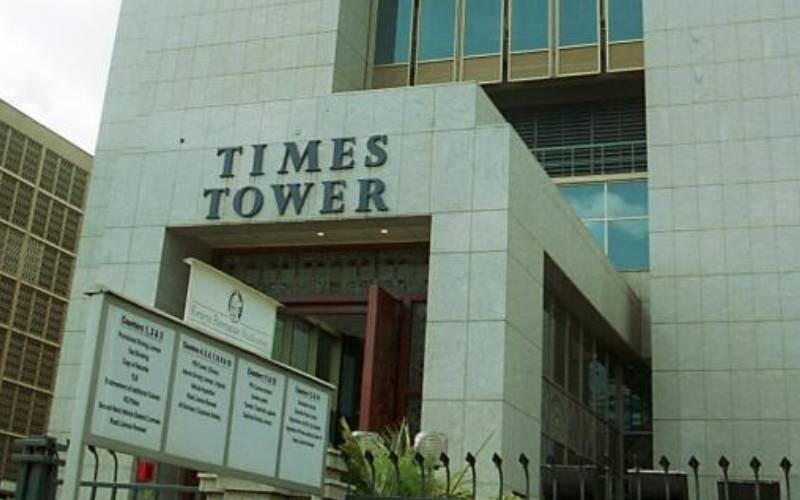Snake bite, normally a low priority health issue, this week received top treatment at the World Health Assembly in Geneva.
For the first time, the assembly -- the top decision-making body of the World HealthOrganisation (WHO) -- recognised snakebite as a health issue of global concern.
Member states, at the annual meeting which ends today endorsed a 2017 resolution listing snake bite as a neglected tropical disease.
“We are very excited about this development,” said the non governmental organisation Doctors Without Borders (MSF) soon after the resolution had been passed.
“This is an opportunity to finally get serious about tackling snake bite,” said Julien Potet, policy adviser on neglected tropical diseases for MSF’s Access Campaign.
About 20 health conditions fall in the WHO list of Nneglected tropical diseases found in 149 countries and affecting more than one billion people, but attracting little financial or research attention.
In 2012, the WHO published a roadmap targeting to eliminate 17 of these diseases by 2020. Last week, Kenya was celebrated globally for eliminating guinea worm, one of the neglected diseases.
The adoption of snake bite, while not a candidate for elimination, Potet says, will galvanise the world into mobilising resources to respond to an estimated 2.7 million snakepoisonings every year.
According to WHO, snakes rank second to mosquitoes in the number of human deaths caused by animals globally.
In the resolution, WHO says it has already developed a strategic roadmap for confronting snake poisoning to reduce an estimated 79,000 deaths caused by venomous snakes in 2016.
The WHO Roadmap is estimated to cost about Sh1.6 billion up to the end of next year.
WHO also estimated that about 400,000 people a year face permanent disabilities, including blindness, extensive scarring, restricted mobility and amputation following snake bite poisoning.
Last year, MSF admitted 3,000 patients for snake bite mainly in Africa despite lack of good quality medicines, also called antivenin.
The largest number of patients, MSF says, was from Central African Republic, South Sudan, Ethiopia and Yemen.
Other countries with significant number of cases admitted in MSF clinics were Tanzania, Kenya, Cameroon, Sudan and Sierra Leone.
Stay informed. Subscribe to our newsletter
Many people who cannot afford quality medicines -- where they are available --MSF said, turn to local healers or substandard products.
WHO has blamed the lack of quality antivenin to weak regulatory systems that allow the entry of unsafe and ineffective products into the markets.
Such products, the health body says, enter the market with no pre-clinical or clinical evaluation before registration.
For example, last year it took the efforts of several foreign institutions to establish that all antivenins sold in Kenya were ineffective.
Researchers from the UK and Costa Rica, who roped in the Kenya Snake Bite Research & Intervention Centre, found the antivenins being stocked in Kenya were not meant for this market and hence ineffective.
“The fact that none of the six anti-venoms is effective against all the East African snakepoisons was of greatest concern,” says the report appearing in the journal Plos: Neglected Tropical Diseases.
However, it was only in March this year that the Pharmacy and Poisons Board moved to warn Kenyans of the presence of irregular antivenins in the local market.
A study published last month (April) on snake bites in Kabarnet, Kakamega, Kapenguria and Makueni areas, estimated to have high rates of poisonous snake bites in Kenya, recorded poor availability of antivenins.
A team from several local universities led by Mitchel Okumu, of Jaramogi Oginga Odinga Teaching and Referral Hospital, says antivenin was rarely available in hospitals in the study areas.
The study published in the Pan African Medical Journal and the latest on snakebites in Kenya attributed the lack of antivenin to delayed procurement and supply shortages.
But even when the medicines are available, the team says, victims -- majority aged one to 15 -- are first likely be presented to local healers before going to hospital, if at all.
The investigators recorded 176 bites in all the study sites over the three-year study period. Most of the bites occurred in the one to 15-year age group.
Puff adders, black spitting cobras, black mambas and the pretty-faced boomslang were the main snake species associated with the bites in the study area.
Most of the bites, according to the report, are on the lower limbs, during the dry season and most likely in the evenings, with patients reaching the hospital two to six hours after the bite.
“But it is not uncommon for victims to present themselves 24 hours later due to the long distances to hospitals in these areas,” says the study. www.rocketscience.co.ke
 The Standard Group Plc is a
multi-media organization with investments in media platforms spanning newspaper
print operations, television, radio broadcasting, digital and online services. The
Standard Group is recognized as a leading multi-media house in Kenya with a key
influence in matters of national and international interest.
The Standard Group Plc is a
multi-media organization with investments in media platforms spanning newspaper
print operations, television, radio broadcasting, digital and online services. The
Standard Group is recognized as a leading multi-media house in Kenya with a key
influence in matters of national and international interest.
 The Standard Group Plc is a
multi-media organization with investments in media platforms spanning newspaper
print operations, television, radio broadcasting, digital and online services. The
Standard Group is recognized as a leading multi-media house in Kenya with a key
influence in matters of national and international interest.
The Standard Group Plc is a
multi-media organization with investments in media platforms spanning newspaper
print operations, television, radio broadcasting, digital and online services. The
Standard Group is recognized as a leading multi-media house in Kenya with a key
influence in matters of national and international interest.









